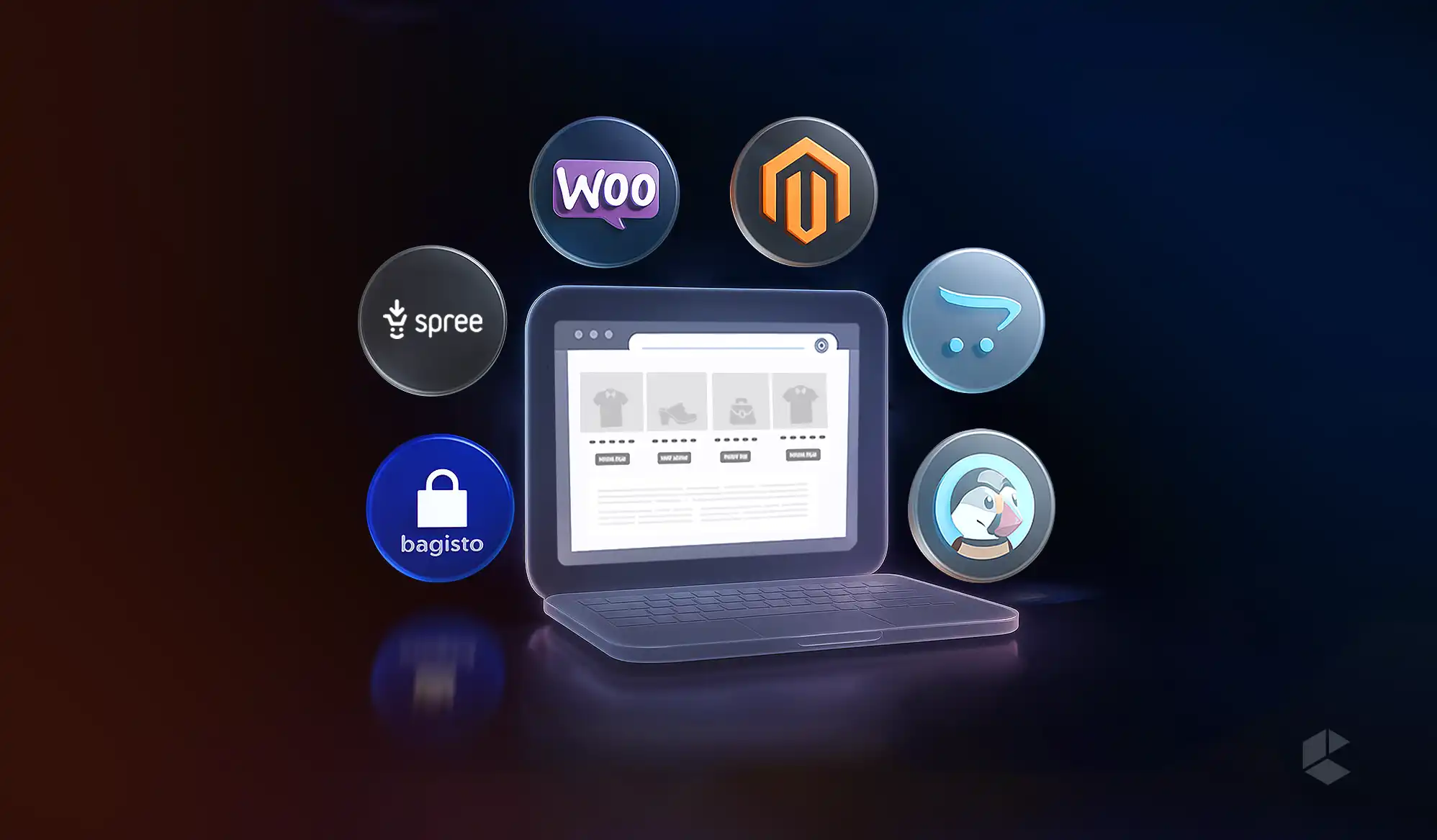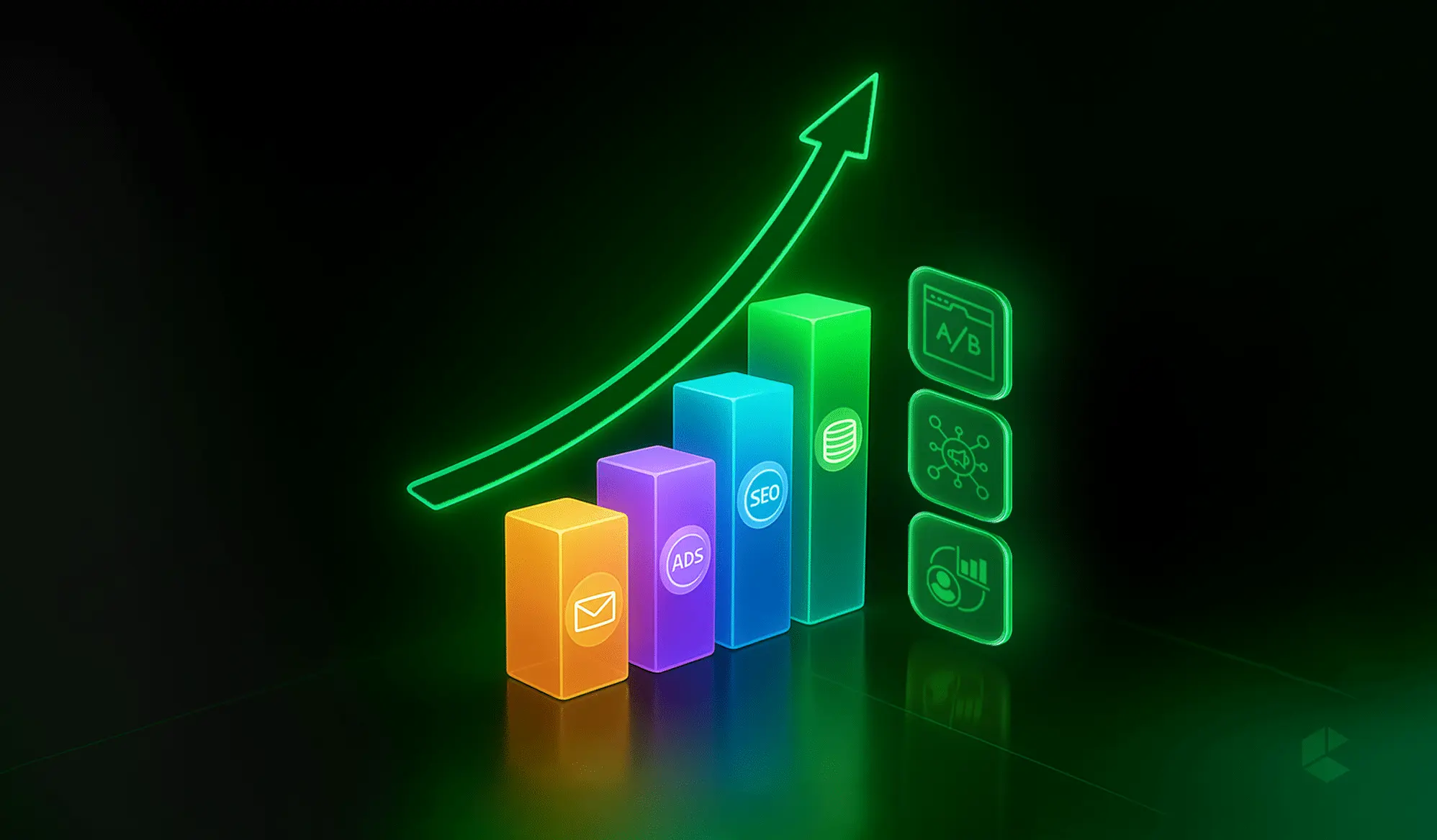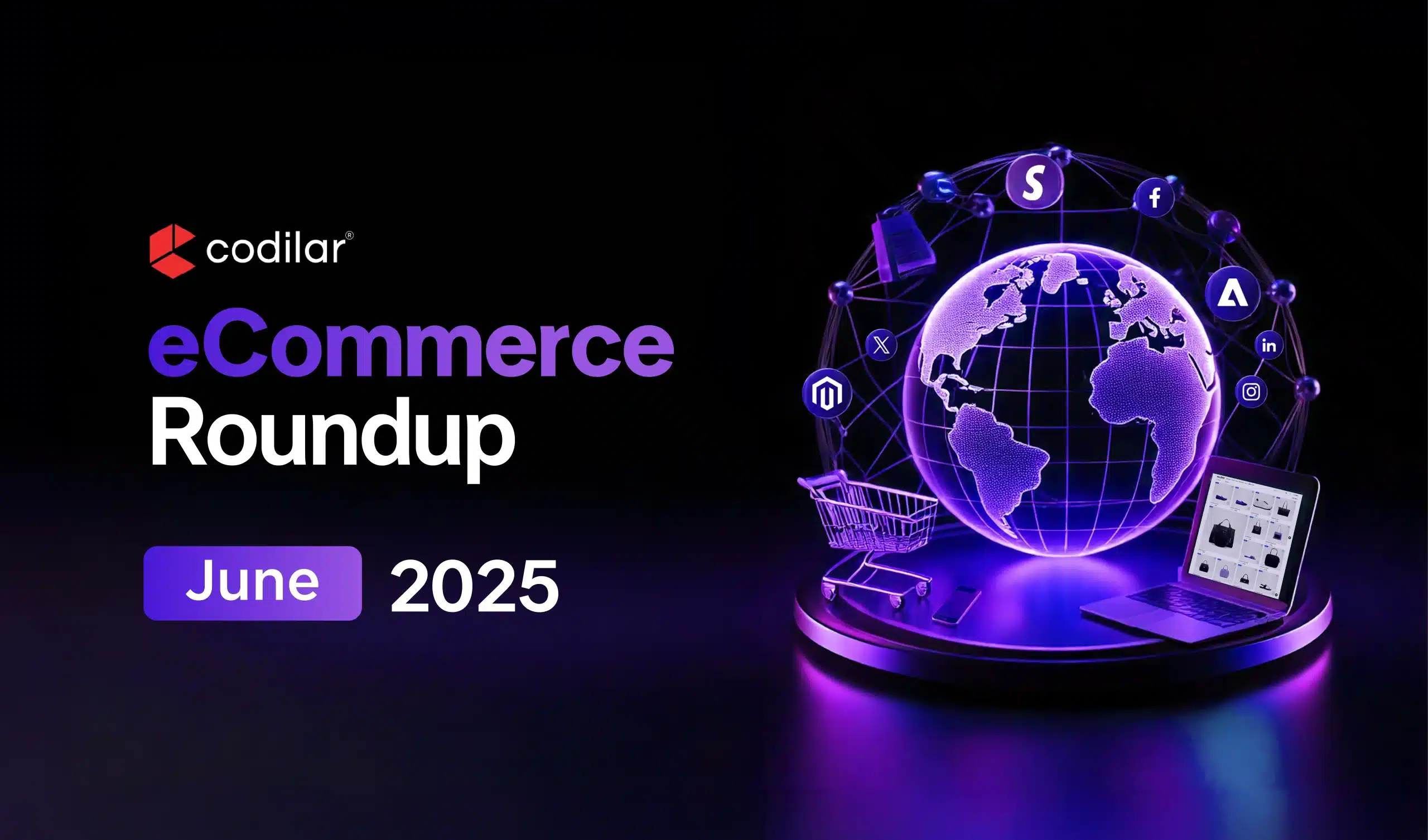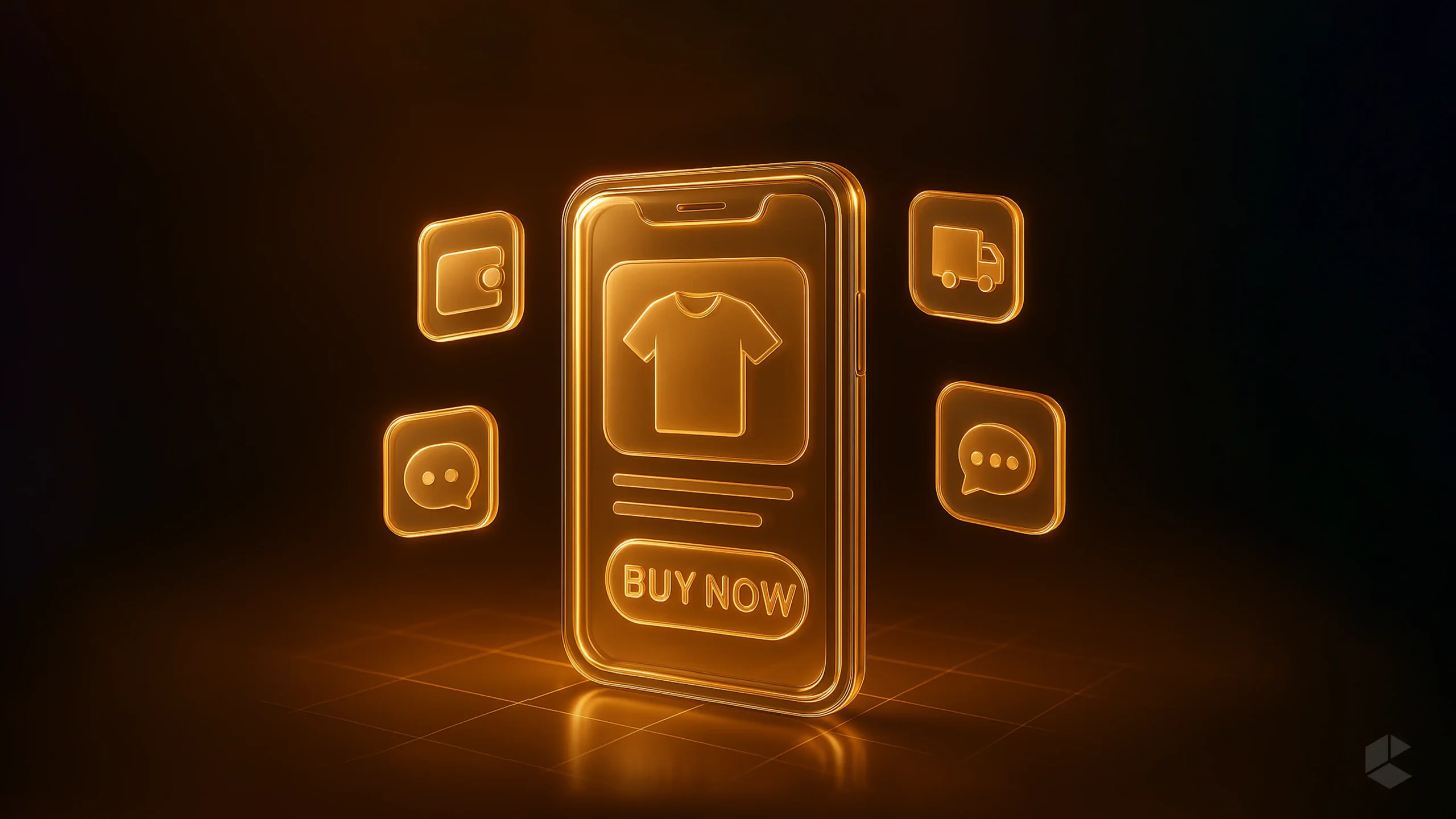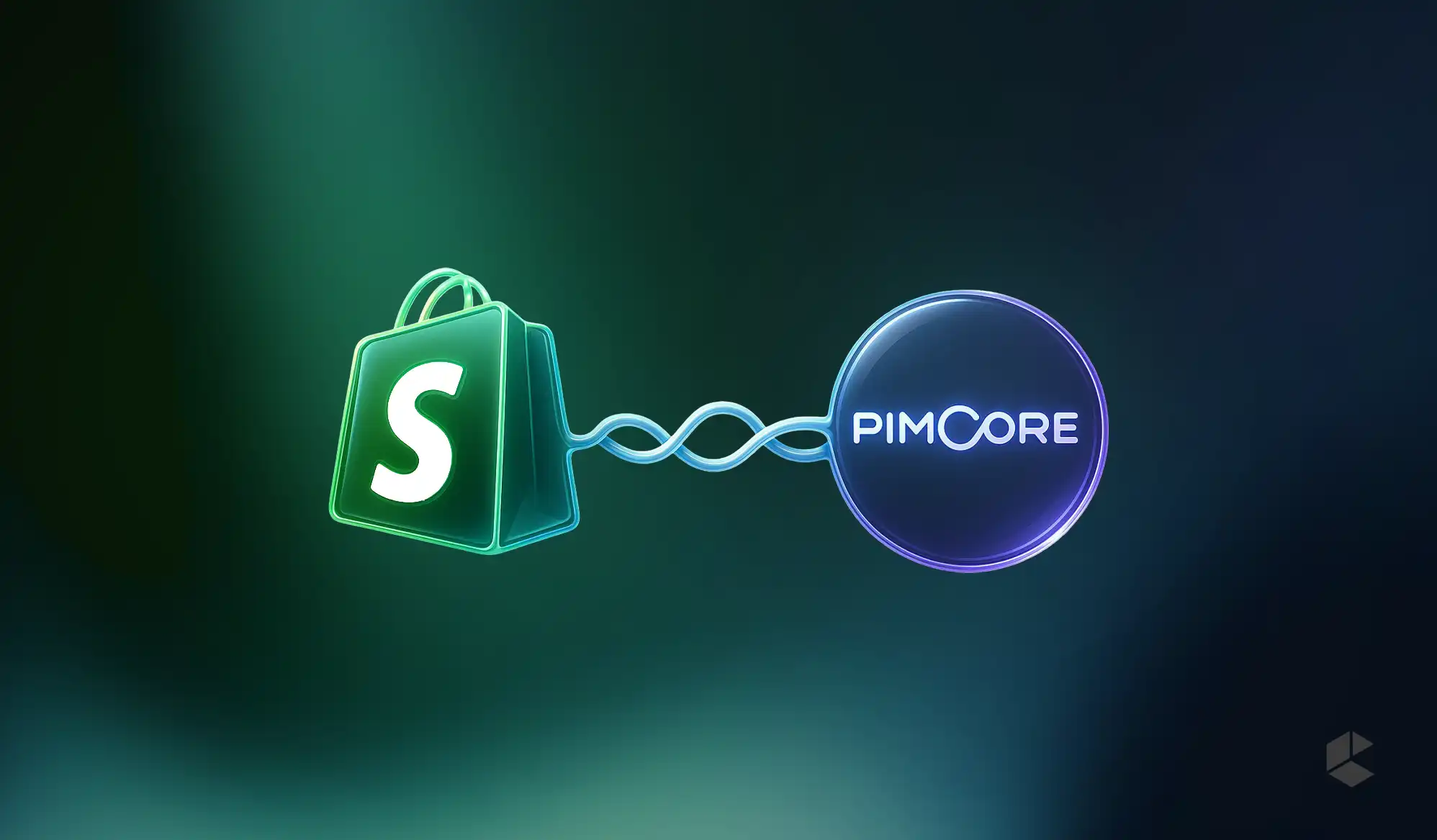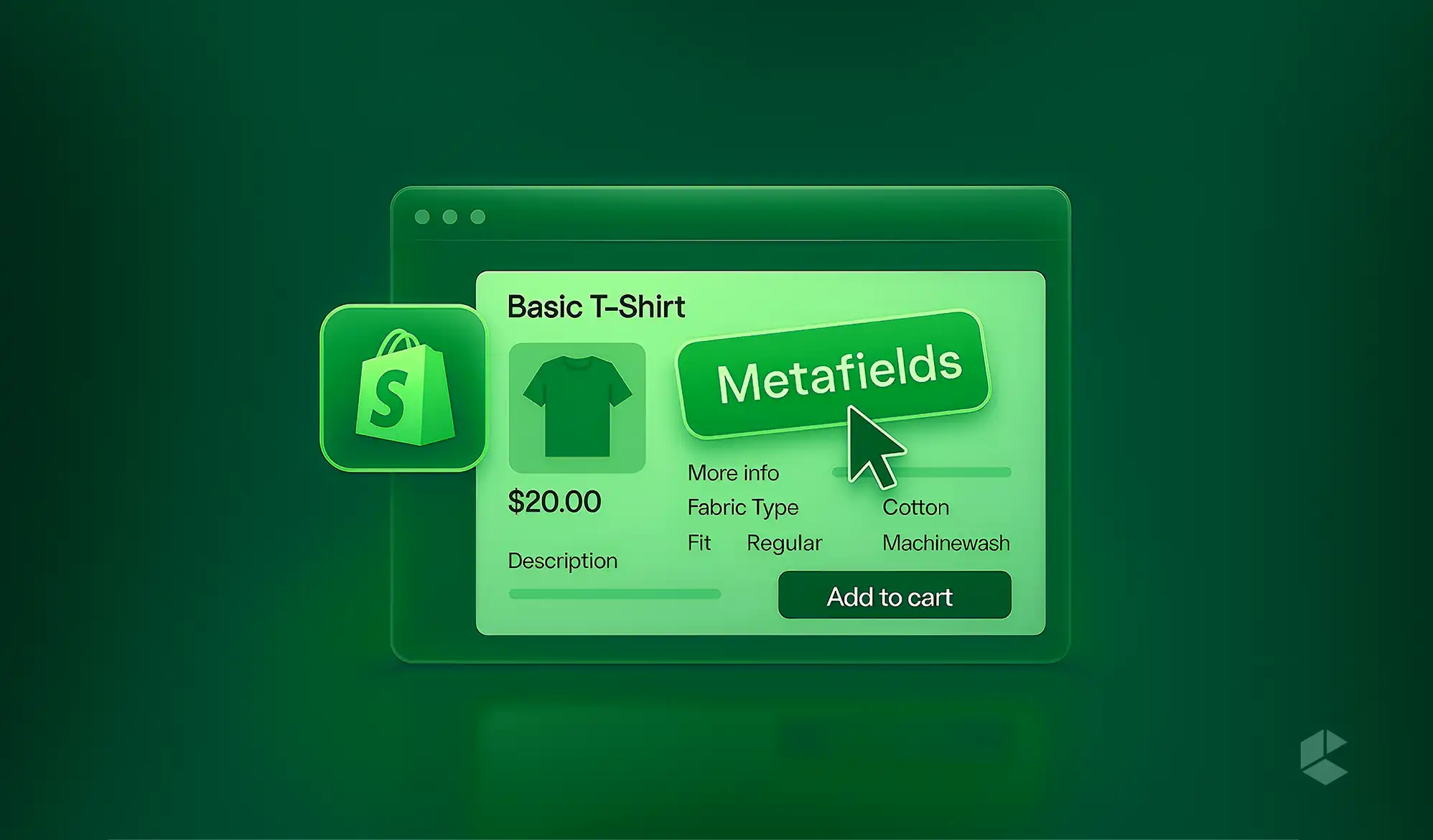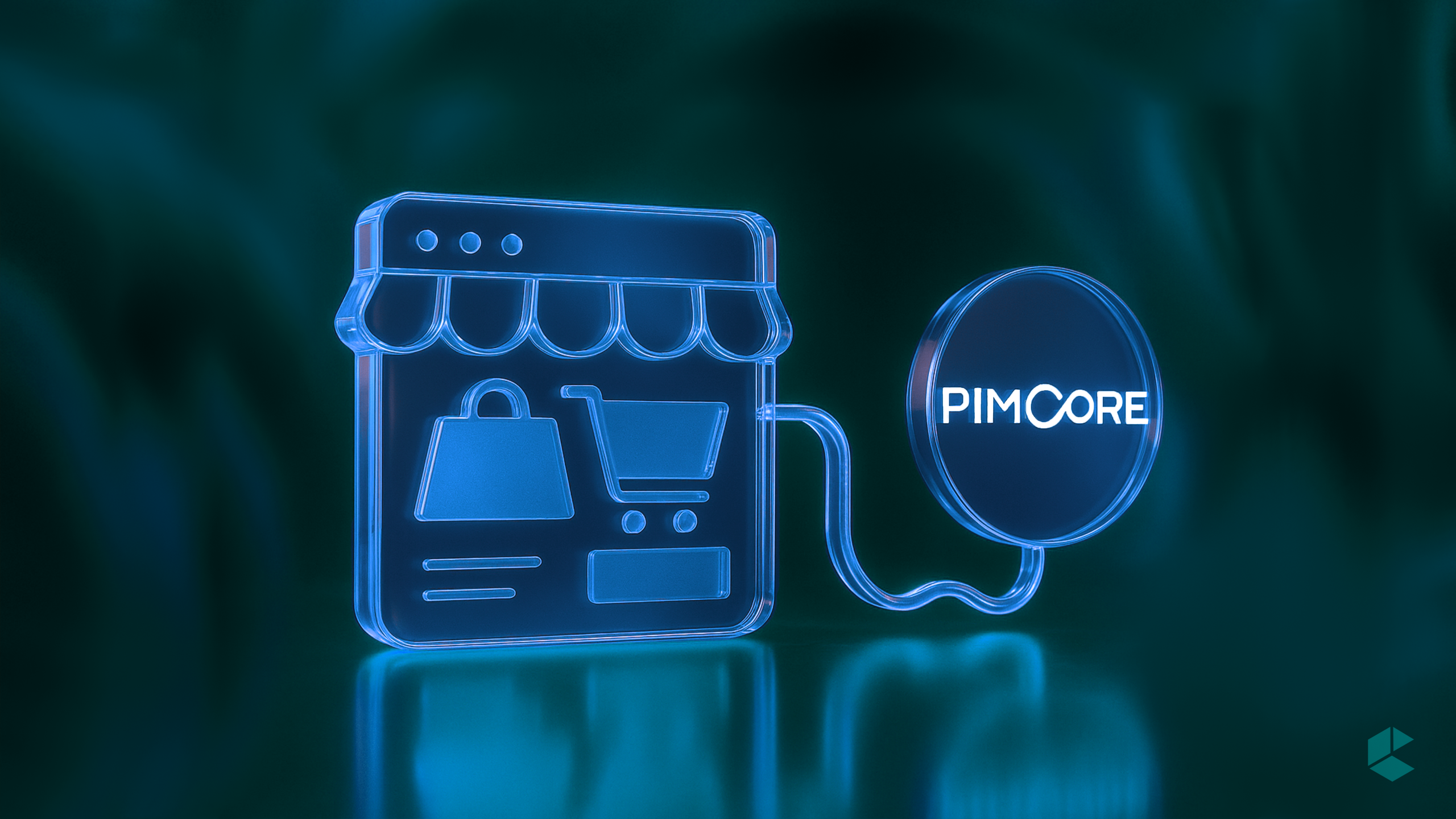The past two years have brought a dramatic change in each one of our lifestyle around the world, and slowly we started to adapt to it. Being stuck at home for days, weeks and months we got used to many new habits, one is definitely online shopping.
Even though online shopping was pioneered in 1979, it took the mid of 90s for people to get used to the internet and to start shopping online. But by now the eCommerce platform has grown insanely, and from the data collected by Statista, by the year 2025 retail e-commerce sales will be about 7.4 trillion dollars, which is 50% of growth from the 4.9 trillion U.S. dollars collected in 2021. With this rapid growth of ecommerce many ecommerce website development companies have also emerged widely.
Quick commerce is one of the main reasons for this staggering growth in online business. Delivering a good user experience can attract new customers and help you open your business to other markets. Modern customers demand quick delivery, taking this into account Quick Commerce was introduced.
What is Quick Commerce?
Quick Commerce (Q – Commerce), is a revolutionary e-commerce business model that focuses on ultra-fast delivery of goods and services to make on-demand delivery and innovations in last-mile delivery a reality. It seamlessly blends traditional commerce practices with cutting-edge technologies to deliver small-sized orders right to your doorstep within 30 minutes to an hour.
As delivery speed is one of the detrimental factors among millennials and Gen-Z buyers, you can expect a drastic change in their buying patterns with the emergence of Q-commerce.
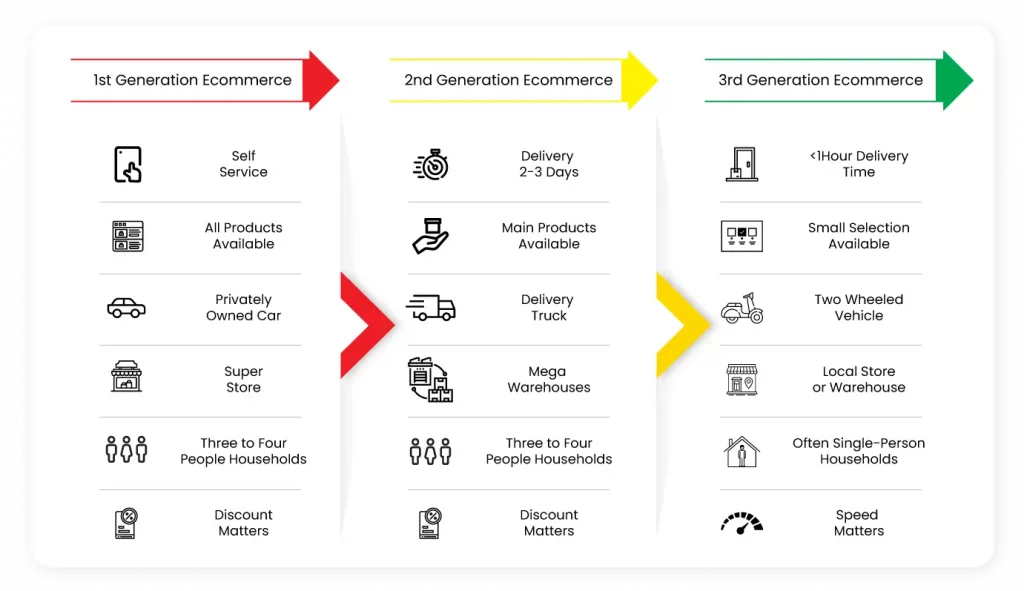
People got used to relying on online stores to purchase daily necessities like dairy products, food, and other grocery items in a bulk quantity, where the delivery is scheduled on a weekly or monthly basis. But what if the customers decide to buy a product in a short time since they unexpectedly ran out of it? Q-commerce involves a quick order fulfillment process that brings small quantities of goods to customers almost instantly, whenever and wherever they need them.
Based on the economic operations, we can segment Quick Commerce’s business model into two. They are;
Vertically integrated models :
Such as Blinkit, GoPuff, and Zepto handle end-to-end operations from managing inventory to pick and delivery to achieve the promise of instant delivery, typically within 10-30 minutes. These companies primarily focus on the speed of delivery and transparency.
Third-party delivery platforms :
Companies including DoorDash, Swiggy Instamart, Uber eats, Dunzo, etc collect and deliver products from third-party retailers to buyers. While these companies usually promise a ‘same day’ delivery, the options vary from 30 minutes to several hours. The advantage of these business models is the variety of choices since they collect from various retailers.
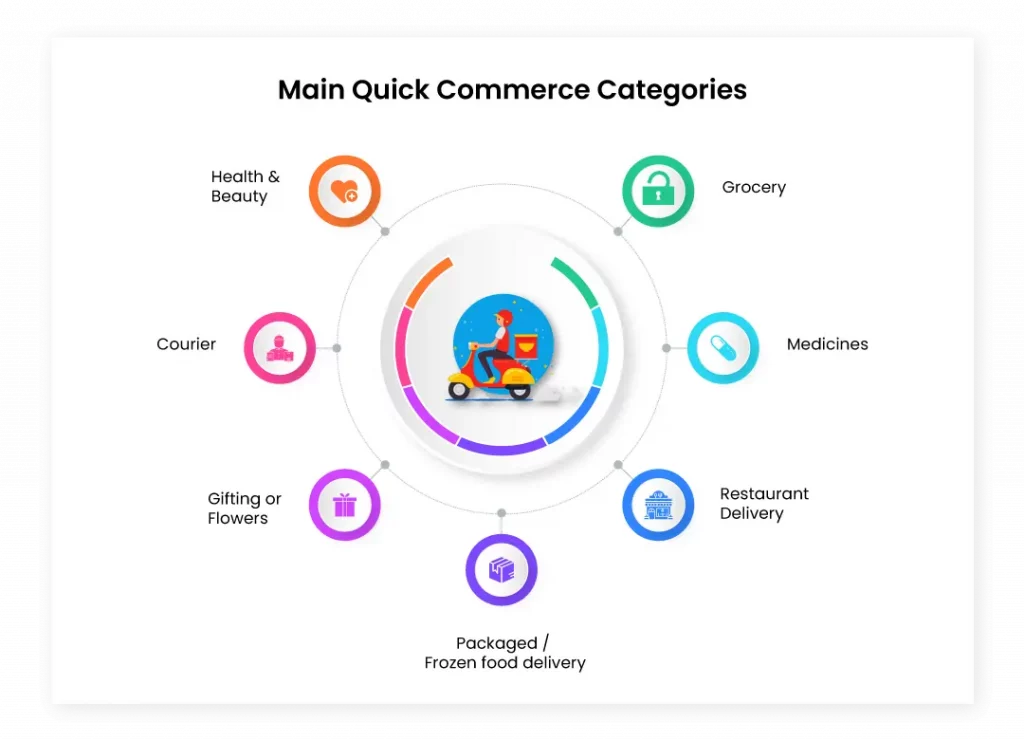
Role of Cloud Computing in Quick Commerce
Cloud computing is revolutionizing Q-commerce, offering a future-proof solution amidst growing complexity and competition. By leveraging remote servers, businesses can efficiently handle vast data volumes, enhancing operational flexibility, traceability, service quality, delivery speed, and logistics capabilities. Trustworthy third-party providers can securely manage and process your store’s data, eliminating the need for personal devices or infrastructure.
Here are some of the key roles of cloud computing in Quick Commerce:
Scalability and Flexibility:
As the demands of the target market fluctuate, your business might need to adapt to it and scale your resources up or down. With cloud computing, you can save your time and resources without having to invest in expensive hardware or software upfront. It helps you optimize business operations by obtaining real-time data about the products and consumers, resulting in better inventory management and automatic scheduling.
Security:
Cloud-based data is more secure as it is powered by advanced security features such as data encryption, access controls, automated backups, and disaster recovery mechanism. Since Q-commerce companies handle bulk amounts of sensitive data related to delivery and transactions, they are more susceptible to security breaches. By investing in cloud computing, businesses can safeguard their data and ensure its safety through reliable backup solutions, providing an additional layer of protection.
Moreover, combining cloud-based data security with smart warehouse security camera system can offer comprehensive protection for both digital and physical assets.
Traceability:
Cloud computing improves traceability by empowering businesses and customers to seamlessly track product movements throughout the supply chain. From pick-up to delivery, every real-time data is registered and confirmed with signatures, ensuring transparency. In Q-commerce, cloud computing is particularly beneficial during peak customer demand, as it allows delivery staff to record and register information using any mobile device across multiple delivery locations.
Logistics Management:
Cloud computing revolutionizes logistics management in Q-commerce by offering real-time tracking, centralized data management, scalability, and flexibility. It enables your businesses to optimize routes, predict delivery times, and efficiently manage inventory. It also facilitates seamless collaboration and communication among stakeholders, improving coordination and customer service. Additionally, by leveraging predictive analytics and system integration your business can make data-driven decisions and streamline logistics operations, ultimately enhancing efficiency and the overall customer experience.
How does Distribution and marketing placement drive quick commerce?
Distribution and marketing placement in q-commerce is an integrated strategy optimized for speed, efficiency and personalization. It works differently from traditional commerce. Here’s how distribution and marketing placement works in q-commerce:
Distribution:
Unlike traditional commerce, q-commerce operates at a localized level. Instead of storing products at distant warehouses or fulfillment centers, q-commerce companies place small stores or micro-fulfillment centers in targeted locations near customers to ensure swift delivery within an hour. It relies on advanced logistics and predictive analytics to forecast demands, optimize the supply chain and manage inventories.
Marketing placement:
Q-commerce marketing strategies focuses both on digital as well as physical channels to target a larger customer segment based on location, purchase history, and many other relevant data. Digital channels leverage real-time data analysis for personalized offers and promotions through mobile apps, social media, and email marketing. Physical marketing utilizes in-store displays and campaigns to attract customers to physical stores and create a seamless omnichannel experience. Both methods focus on specific customer segments, optimizing Q-commerce strategies.
Perks of implementing Q-Commerce
With the outgrowing technology of quick commerce, both the customers and the brand who adapt it gains benefit. We’ve listed 5 benefits of implementing quick commerce in your business.
Swift Delivery:
It’s all about speed. The quick commerce business model promises faster delivery than a traditional ecommerce store. A customer will receive the requested delivery at their location in about 15 to 30 minutes. This is likely to have a long-term impact on customer behavior since it is tied to the ease of a fast and effortless shopping experience.
Competitive USP:
Q-commerce has introduced a fresh approach to business that helps one to stand out from competitors. A customer looking for fast delivery may also be willing to try out new products and order from a new store. Attract more customers by offering a wide range of products that are usually difficult to sell, because they require faster delivery.
A customer’s value should be taken into consideration when adapting to quick commerce. And ensure that the products sold can be delivered consistently.
More Happy Customers:
We should constantly bear in mind that the experience we offer to the consumer meets or exceeds their expectations while working in a customer-centric industry. So, among all the benefits, we cannot ignore the comfort and ease that clients experience while using quick commerce services. Having a trustworthy relationship with customers can boost brand awareness and customer retention.
A customer journey has distinct phases such as; finding the right retailer, considering making a purchase, making a transaction and purchasing, revisiting the store for a future purchase, and advertising the store to a potential customer.
Increased Profit Margin:
In addition to providing a unique selling proposition, quick commerce is said to provide more opportunities to gain profit from each sale, for those who use the maximum out of it. The revenue statistics for quick commerce increased 50% higher than the previous data during the pandemic, meaning that 50% of consumers paid extra money to easily buy what they needed. Analysing this pattern in customer behavior, companies were able to earn a substantial amount by charging extra for such on-demand items within a specific time.
Also taking note that quick commerce focuses on small quantities of products, retailers can take advantage of this to drive sales for their most profitable category of products.
Lower Logistics Costs:
Local deliveries offer advantages over traditional eCommerce shipping, such as faster delivery times and lower costs. By placing small local warehouses around the delivery area and partnering with local vendors, you may reduce the logistics costs for these deliveries, freeing up resources to use in other operations.
What factors enables a quick commerce business model ?
These are some of the factors that improve the efficiency of Q-Commerce
Data-Driven Operations :
Data analytics helps q-commerce companies gain valuable insights into shifting customer behavior and market trends. The insights obtained can be used to offer personalized services, forecast demands, optimize supply chains, improve pricing strategies, detect fraudulent activities, and implement better security features.
Population Hub:
Population hubs provide the essential elements for Q-commerce to thrive, including a diverse consumer base, dense delivery networks, a skilled workforce, advanced technology infrastructure, collaborative ecosystems, and competitive markets. By leveraging these advantages, Q-commerce companies can streamline delivery networks, meet the demand for quick services, and provide customers with seamless and accelerated shopping experiences.
Advanced Logistics:
Advanced logistics is a critical factor in enabling Q-commerce by ensuring fast order fulfillment through efficient transportation, inventory management, and advanced warehousing. It utilizes inventory management systems like dark stores, cloud kitchens, and technologies like delivery drones and cloud computing to optimize inventory allocation and accurately forecast customer demand, thus enhancing the overall Q-commerce experience.
Visual Perception:
Visual perception provides customers with a realistic and immersive online shopping experience through visual content, such as product images, videos, 360 virtual reality (VR), or 3D VR technology. As q-commerce slowly gains pace businesses need to provide high-quality visual content to remain relevant in the market. Q-commerce companies like Blinkit leverage visual perception through high-quality product images, product videos, and virtual shopping assistants, all to create an immersive and convenient shopping experience for consumers.
Price:
Having a comprehensive pricing strategy is imperative for q-commerce’s success as it influences consumer decisions and motivates them to choose it. It offers the flexibility to dynamically adjust prices based on the frequency of customer orders and the speed at which products are sold within the q-commerce marketplace. For instance, SwiftShop, a Q-commerce company has adopted a competitive pricing strategy to attract customers having a greater preference for convenience and affordability.
Speed:
Delivery speed has a significant impact on customer decisions. Zepto, a Q-commerce company, promises to deliver a range of products such as groceries, electronics and more within 10 mins. With this promise, they witnessed a significant increase in customer turnover. Thanks to their dark stores located at major locations within the city. Dark stores facilitate prompt delivery of orders to customers, eliminating the need for them to visit a physical store or endure lengthy waiting periods for order delivery.
Key Trends to Expect in the Quick Commerce Spectrum in future
Optimized Buyer Experience:
While several Quick Commerce businesses are emerging, user retention is the challenging part that most of them face. With access to abundant user data on purchase history and frequency, businesses will be focusing on custom-made user experiences based on their likes and dislikes. The best way is to use an AI-powered WhatsApp CRM that can analyze customer behavior to send personalized messages, such as tailored product recommendations or exclusive offers based on previous purchases. By engaging customers in a conversational manner and responding to their preferences in real time, businesses can significantly enhance user satisfaction and loyalty. Moreover, these tailored messages, generated through advanced AI and ML algorithms, will help businesses stand out in the competition and improve retention rates.
Diversified Inventory:
Quick commerce inventories are expected to be extended to other industries like medicine, books, electronics, and accessories.
With adequate infrastructure and logistics options, quick commerce can be extended to other industries as well. Spanish rapid delivery startup Glovo came into action with electronics and furniture delivery under a plausible delivery time below 60 minutes recently.
Convenient and Strategic Warehouse Locations:
Using artificial intelligence and machine learning, Quick commerce businesses are optimizing their warehouse location to optimize the efficiency of the delivery process. These strategic locations are identified by analyzing the purchase volume and value and thus suggesting new optimal locations as well.
Sustainable and Eco-Friendly Initiatives:
Quick commerce companies must be aware of the global net-zero emission initiatives to find sustainable opportunities in their future processes. These could be varying from electric scooters for deliveries and reusable packaging options that do not harm nature.
Quick commerce VS eCommerce
To the long list of trendy businesses, the terms “q-commerce” or “quick-commerce” has also been coined as a variant of eCommerce. Q-commerce can be described as an online way to buy and sell products and services, just like eCommerce.
It was e-commerce that came first, and as technology progressed, the customer’s expectations and needs also changed. With the emergence of quick commerce platforms the busy working millennials have found a saviour. Even ecommerce brands like Zepto, Gorillas, Swiggy’s instamart, Dunzo Daily, Blinkit, and few others have already switched to quick commerce.Today, Most leading brands even utilize Progressive web app platforms.
However, there are some key differences between these two.
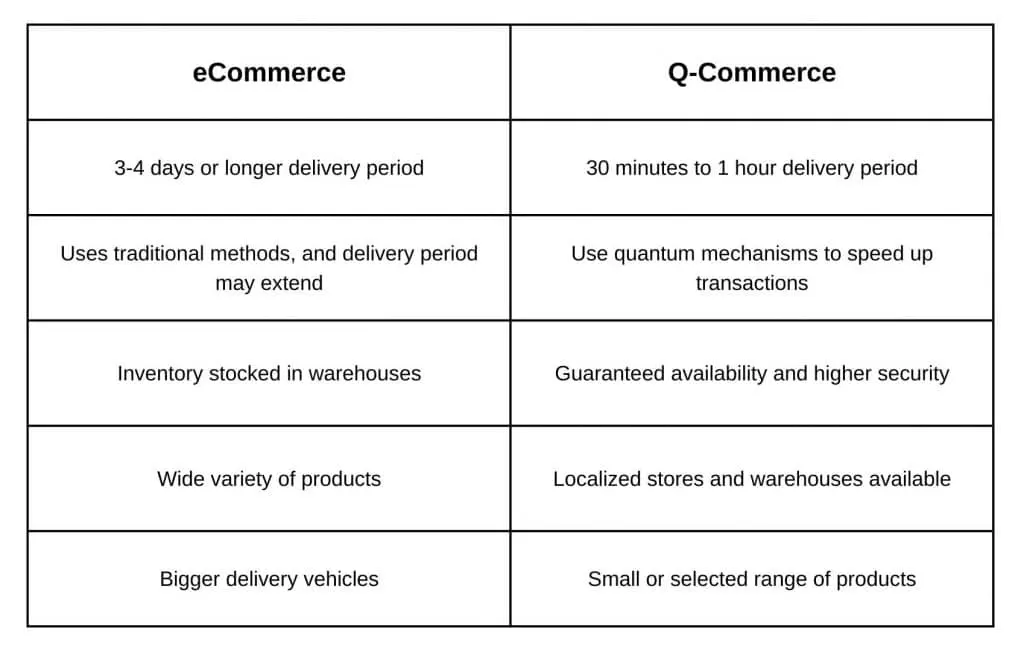
In a Nutshell
As the eCommerce trends change there are more chances to grow and expand a business. It also takes the right technology, statistics, infrastructure, and team to bring it into action. Quick commerce is a new term that has brought in an immense opportunity that has largely remained untapped in eCommerce. Testing it out won’t cost you too much money if you aren’t sure whether it’s right for your business.
Here is a quote to inspire you – “It is never too late to start something new”.
Frequently Asked Questions:
What are the features of quick commerce?
Fast delivery speed, micro-fulfillment facilities, convenience, 24*7 delivery, lower prices, easy order monitoring and tracking, and one-stop shopping are the main features of e-commerce.
Why should you choose quick commerce for your business?
Customers demand quick delivery and when compared to traditional retail outlets, the quick commerce business model offers speedy delivery, in just 30 to 45 minutes.
How to implement quick commerce?
- Set up local hubs
- Carefully choose your stock
- Ensure you have the right software in place
How did quick commerce begin?
The Covid-19 pandemic’s impact on the supply chain resulted in the rise of q-commerce, a unique business model where products and services are delivered shortly after being ordered.
Is there a future for q-commerce?
This business model may, however, encounter difficulties at various points in carrying out activities properly. The rise of q-commerce will undoubtedly increase the number of goods delivered to customers.


